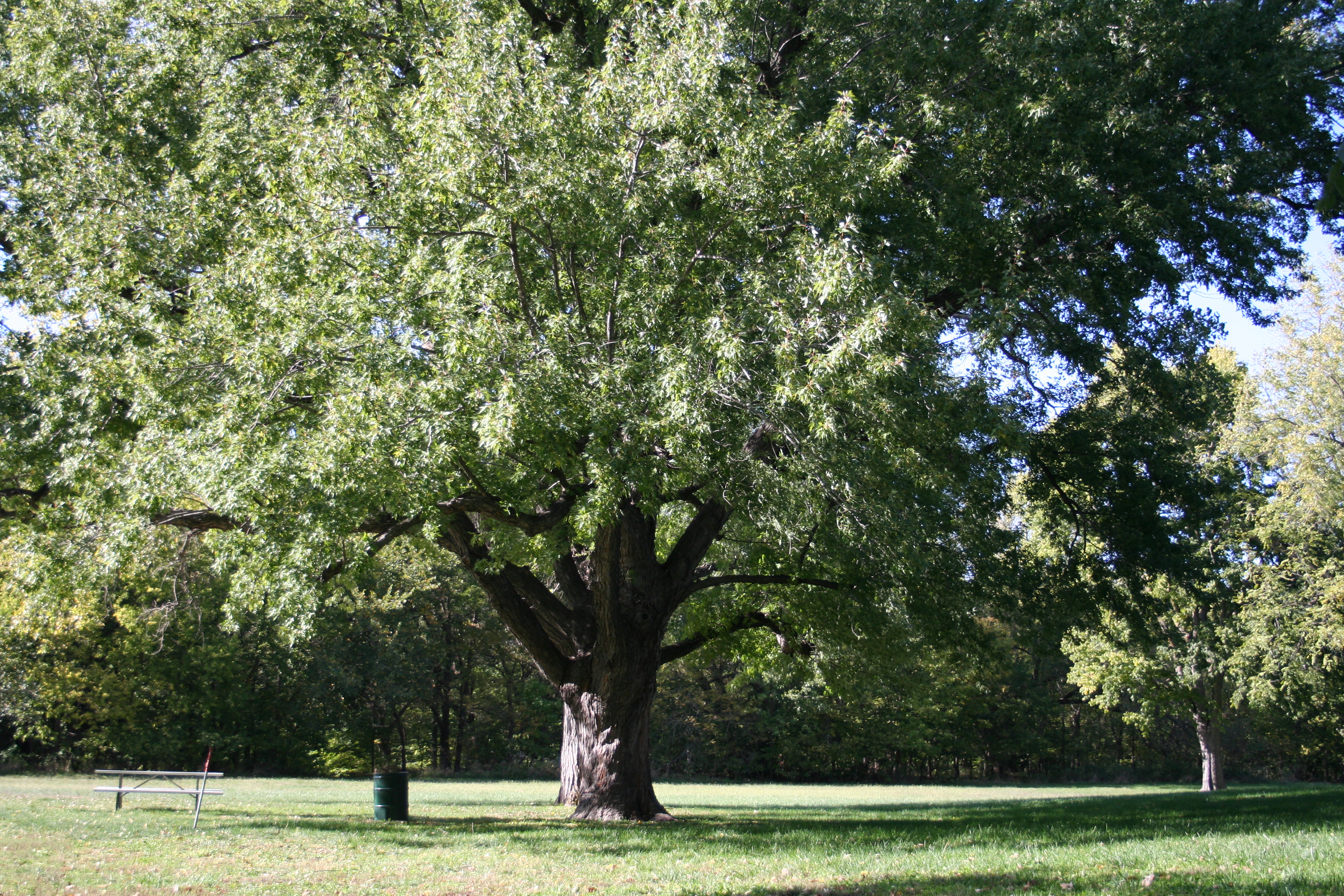Maple, Sugar
Acer saccharum, Deciduous
Sugar maple is one of the most important trees of New England where it is tapped to make maple syrup and is a primary component of that region's beautiful fall color. Though not quite native to Nebraska, sugar maple has proven to be a reliable grower when given good care and favorable site conditions.

Where To Grow

Size at Maturity
| Tree Height | Tree Spread |
| 45-60' | 45-60' |
Tree Characteristics
This species flowers in April-June, with fruiting occurring in June-October. Fruits ripen about 12-16 weeks after flowering and begin to fall about 2 weeks after ripening. Leaves generally drop just after seeds have fallen. At the southern edge of the species' range, dead leaves tend to remain on the trees through much of the winter.
Wildlife Benefits
White-tailed deer, moose, and snowshoe hare commonly browse sugar maple. Red squirrel, gray squirrel, and flying squirrels feed on the seeds, buds, twigs, and leaves. Porcupines consume the bark and can girdle the upper stem. Songbirds, woodpeckers, and cavity nesters nest in sugar maple. Although the flowers appear to be wind-pollinated, the early produced pollen may be important to the biology of bees and other pollen-dependent insects because many insects, especially bees, visit the flowers.
Additional Considerations
Many cloned cultivars of the species are available in the trade. Some that have proven reliable in eastern Nebraska include 'Legacy', 'Fall Fiesta', 'Green Mountain' and 'Bonfire'. The Caddo seed strain from Oklahoma has proven to be more drought and heat tolerant than is typical for the species and includes the cultivar 'John Pair', selected out of trials in Kansas.
Interesting Facts
Sugar maple is the only tree today used for commercial syrup production, as its sap has twice the sugar content of other maple species. The sap, mostly collected in the spring, is concentrated by boiling or reverse osmosis, with about 35-40 liters of sap making 1 liter of syrup.